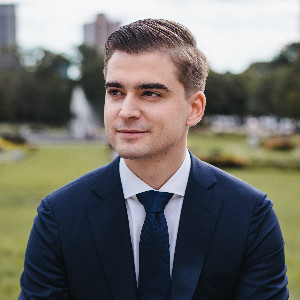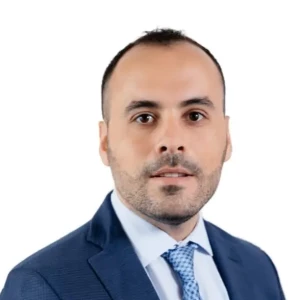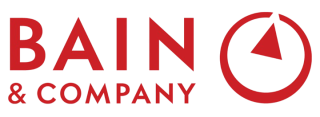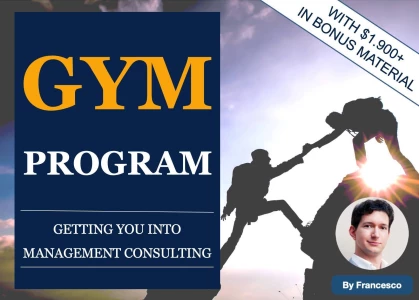Hey everyone,
I recently made it through my first round of interviews for an internship at Bain and will have my second round in a few days. I have already researched a little bit about the difference between first and second round, but found that opinions on this vary - some people said that the second round is harder (with harder cases as well), some say it is easier because it is less case-focused and more fit-focused...
I therefore wanted to clarify the difference between the two rounds and understand what I should focus on in my preparation (E.g. particular types of cases that come up more often during second round? Fit questions? Brain teasers? Etc.), particularly for an internship interview at Bain.
Moreover, I also got some feedback after my first round but find it hard to understand how I can improve on my weaknesses. I was told that I should 1) drive the case more/be more effective and 2) when closing the case, be less "mechanical" and focus on the "so-what"/insight/recommendation. Regarding 1), I suppose this means being a little more proactive when solving the case instead of waiting for what the interviewer says, but for 2), I am not 100% sure how to interpret the feedback. I know I often struggle with closing cases, so any tips on how to improve would be greatly appreciated!
Thanks a lot!
EDIT: I am interviewing for one of the Nordic offices





















